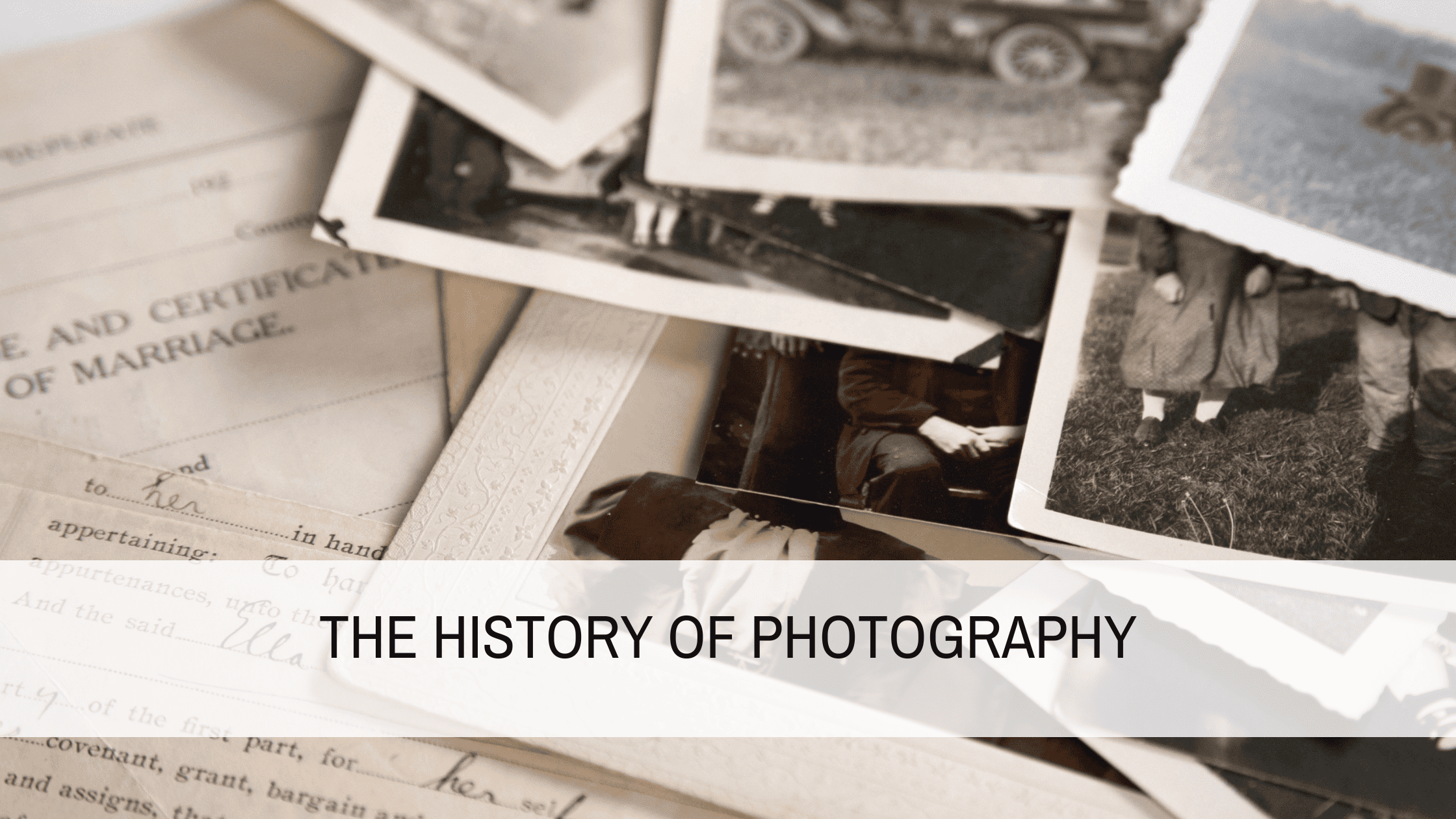THE HISTORY OF PHOTOGRAPHY
Picture this: a world before Instagram filters and selfie sticks, there was a time when a photograph took eight hours to expose. Forget megapixels and filters; think shadows, sunshine, and a sprinkle of ancient optical wizardry.
So when was photography invented? The answer is it evolved over time starting with the obscura!
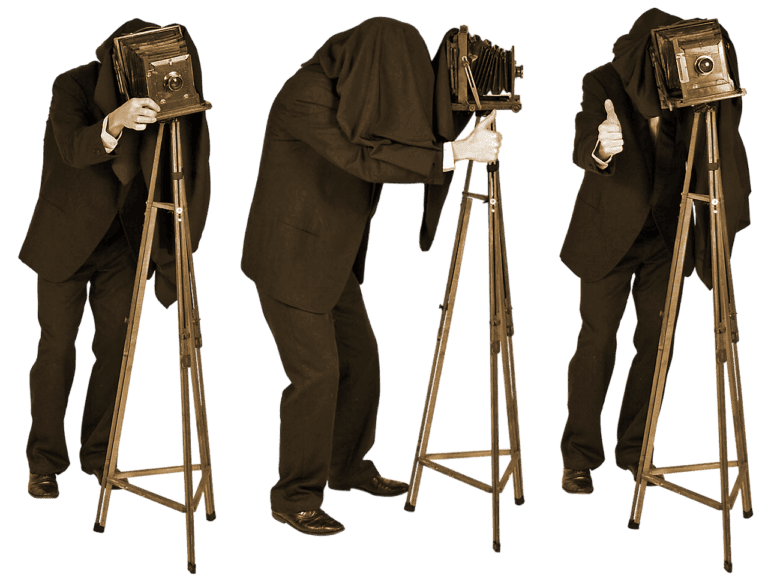
The First Camera: Camera Obscura
Imagine stepping into a room where everything is dark except for a tiny hole on one wall. This hole lets in light from the outside, and magically, you see an upside-down picture of what’s happening outdoors on the opposite wall. This magic room is actually the first camera — camera obscura.
In its basic form, the camera obscura, dates back to ancient times, with early mentions and descriptions found in writings from ancient China and Greece!.
The name camera obscura originates from Latin words that mean dark room. Here’s how it works: when light from the outside world enters through the small hole, it creates a picture on the wall inside. This picture is flipped upside down because of how light travels.
However, this basic camera reached prominence during the Renaissance, with artists and scholars embracing its use for both artistic and scientific purposes.
In the 11th century, Ibn al-Haytham, used the camera obscura to write a book to explain the secrets of light, vision and try to make sense of how we see the world.
In his book, he explained how light travels in straight lines, bouncing off surfaces and entering our eyes, creating the pictures we see with our eyes.
Now, let’s fast forward to the 19th century, a time when people were dreaming about capturing moments in a way that lasts forever. Along came photography, and guess who influenced it? Yes, our friend Ibn al-Haytham!
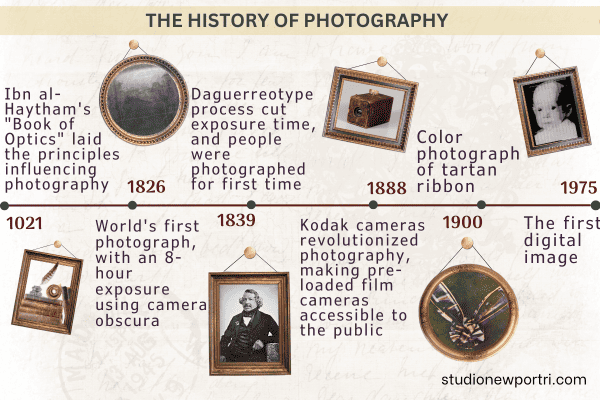
1826: The First Photograph
Despite the breakthrough of camera obscura, it took over 800 years to create the first photograph. In the blink of a (very long) shutter speed, history captured its first photograph.
Joseph Nicéphore Niépce astonished the world, with the first photograph of his image now named “View from the Window at Le Gras.” This first photograph took a humbling eight hours to expose!
It was a huge advancement for the camera obscura, but it’s a simple process. In fact, anyone can make a camera (also known as a pinhole camera) using a box and some tape.
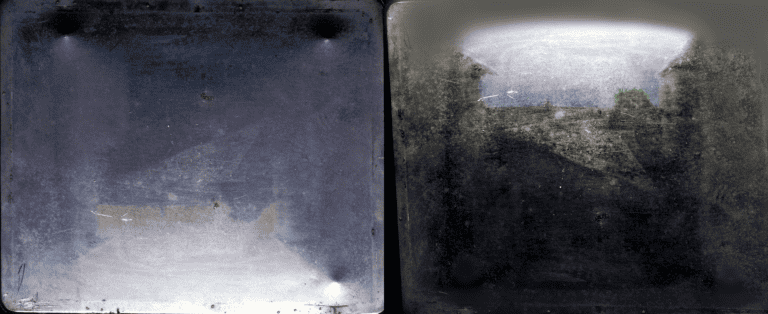
1839: Capturing People in Photographs
Louis Daguerre introduces the daguerreotype process, cutting exposure times to mere minutes and making photography more practical to photograph people.
Here’s the scoop: it’s like creating a photo on metal. First, a silver-coated copper plate gets polished till it’s as shiny as your grandma’s favorite spoon. Then, it’s sensitized with fumes that make it light-sensitive. Quick! Pop it into a camera, capture some sunlight action, and voilà – a latent image appears.
Time for a chemical bath to develop the pic, and bam, you’ve got a one-of-a-kind shiny memory keeper, complete with vintage vibes and a dash of 1800s pizzazz!
Today, you will still see the name Daguerreotype referenced in filters and photography papers.
It’s important to note that while these filters and papers may borrow the name “Daguerreotype,” they are not part of the original Daguerreotype process.
Instead, they aim to recreate the vintage vibe associated with the historic photographic method, allowing today’s photographers to experiment with the nostalgia of this early photographic method.
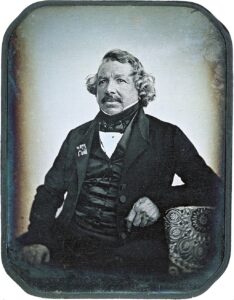
1888: Kodak’s Snapshot Revolution
George Eastman changes the game with the Kodak camera, pre-loaded with film for 100 snapshots. “You press the button, we do the rest” becomes the catchphrase for easy photography.
This camera democratized photography, making it accessible for individuals who weren’t necessarily skilled photographers. Once the film roll was used up, users sent the entire camera back to Kodak for film development, printing, and reloading.
1900s: The First Color Photograph
Photography gets a burst of color with the introduction of Kodachrome in 1935, revolutionizing how we capture and remember vibrant moments.
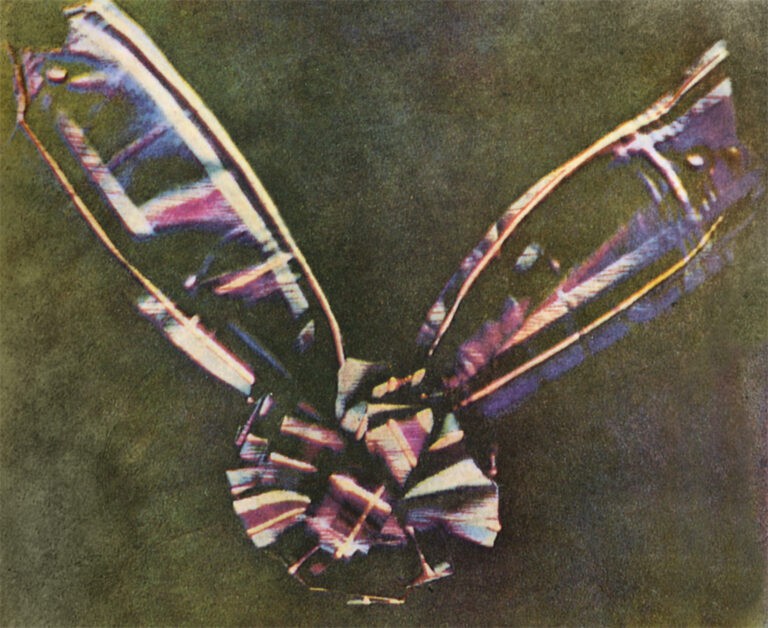
1975: The First Digital Photograph
Engineer Steven Sasson invents the first digital camera at Kodak. It’s big, clunky, and black-and-white, but little does he know, it’s the start of a pixelated revolution.
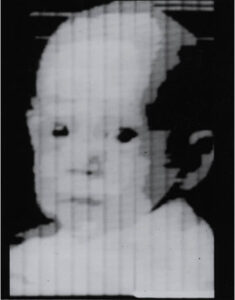
2000s: Smartphone Snapmania
This is where it starts to sound familiar. Smartphones with powerful cameras become everyone’s favorite pocket-sized photographer, transforming the way we capture, share, and enjoy moments instantly.
21st Century: High-Tech Marvels
Photography takes flight with high-tech gadgets like drones capturing breathtaking aerial shots and AI enhancing our photos with a touch of magic.
Today: Snap, Filter, Share
In a world of selfies, filters, and instant sharing on social media, photography continues to be a creative outlet, documenting our lives one snapshot at a time.
What’s next? Only time (and a shutter click) will tell!
Studio Newport is an award-winning photography studio in Newport, Rhode Island.
READ MORE ABOUT PHOTOGRAPHY

Shades of Me
SHADES OF ME SESSION Edgy. Intimate. Unfiltered. Early Access Launch May 29 EARLY ACCESS SIGN-UP Please enable JavaScript in your browser to complete this form.Please

Now Booking: Boudoir Model Call Applications Open
INKED BOUDOIR Model Call: Applications Open APPLY We’re looking for women with tattoos—bold, delicate, colorful, or black and gray—to participate in a special boudoir photography

Mother’s Day Makeover Photoshoot – Mommy & Me
A special mother’s day session from Studio Newport
